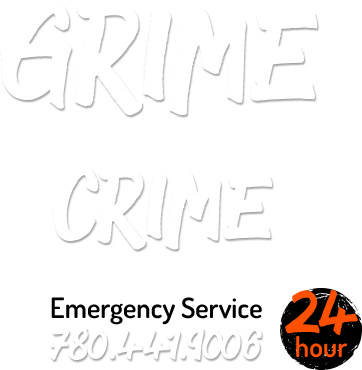Summertime in Edmonton buzzes with energy. From home renovation projects to cross-border road trips and weekend camping activities—there’s always something happening! But as the warm season winds down, many homeowners are left sorting items that can’t simply be thrown in the bin for garbage pickup.
At Grimebusters, we’re your trusted partner for all your waste and cleanup needs. Join us as we highlight some of the most common yet often overlooked items for hazardous waste disposal in Edmonton. Backed by more than 30 years of home remediation expertise, we’re here to bring you reliable guidance on hazardous waste disposal. Read on, as we take an insider look!
What is Household Hazardous Waste (HHW)?
Household Hazardous Waste (HHW) refers to everyday items that are flammable, corrosive, toxic, or reactive. True to the name, these items can be widely found in households. The risk lies in how these items are stored and eventually disposed of. If mishandled, these items can cause long-lasting damage to both you and the environment.
It’s important to note that hazardous waste is different from biohazards. These biological hazards are dangerous because they are substances that pose severe risks to humans. Items as small as needles after an eviction to bird droppings after pest control can spread infectious diseases to your household.
While residents can take precautions for hazardous waste disposal in Edmonton, biohazards require a different approach. Biohazards must always be handled by specialized professionals.
Item #1: Paints, Stains, Varnishes
While that fresh coat of paint may make your fence look brand new, leftover paint has a far less favourable effect on the environment. If paint-related materials aren’t disposed of properly, they can potentially leak into the groundwater supply and environment. Painting materials are also highly toxic to animals, releasing fumes if not sealed properly.
Item #2: Batteries
Batteries power many of the exciting activities we do during the summer, from GPS trackers during hikes to portable speakers for trips to the lake. While it can be tempting to toss used batteries in the trash, doing so poses serious risks. Whether it’s a tiny AA battery or a larger lithium-ion one, these items can leak chemicals or even start fires in trash bins or dumpsters.
Item #3: Fertilizers, Pesticides, Herbicides
Many are surprised to learn that garden products, like fertilizers and pesticides, can’t simply be tossed in trash bins or dumpsters. While these treatments may make your garden thrive, they can cause widespread toxicity in excess. Garden chemicals may seem harmless, but they can contaminate the surrounding environment. These chemicals can harm wildlife through run-offs into streams and lakes, along with harm soil biodiversity.
Item #4: Camping Fuel, Butane, Propane
Once camping season ends, many Edmontonians are left with empty or half-full fuel canisters. Fuel containers are bulky, heavy, and can’t be disposed of through normal means. These canisters are made to hold highly pressurized fuel, which can explode or catch on fire with even small amounts of heat. For safety, full and empty canisters should never be placed in the trash bin.
Where is Hazardous Waste Disposal in Edmonton?
If you have any of these items, they can be disposed of at your nearest Eco-Centre or at the Edmonton Waste Management Centre (EWMC). Some retailers also offer take-back programs for items like batteries. Be sure to call ahead to confirm beforehand!
When DIY Won’t Do, Call Grimebusters
These are just a few items, but hazardous waste disposal in Edmonton covers much more. If you need support removing household hazards from your home, we have you covered. Start the conversation with us today to learn more about how we help remediate your property and keep it hazard-free, no matter the time of year.
